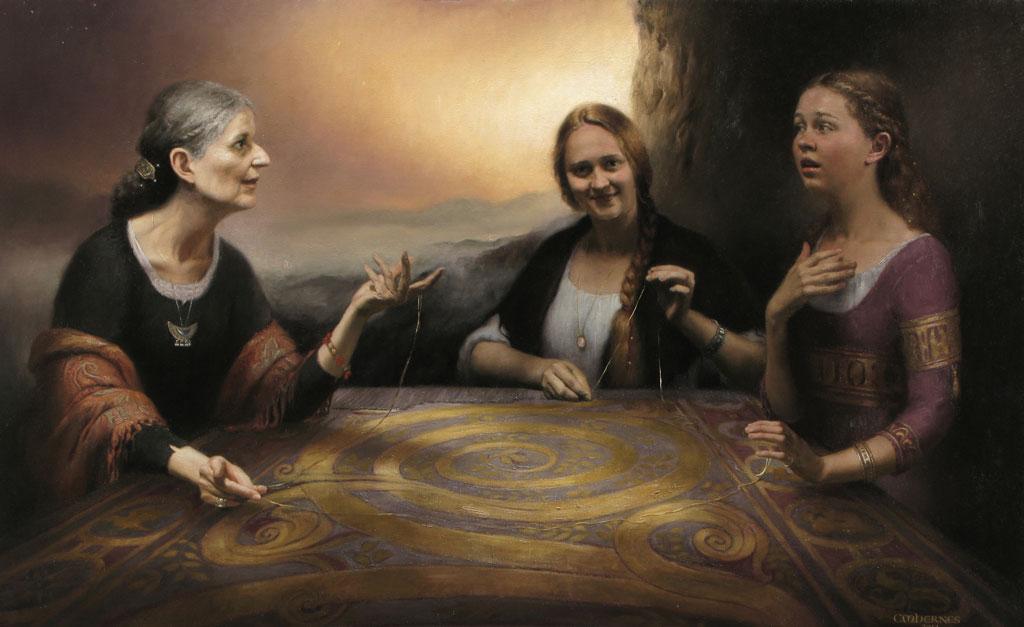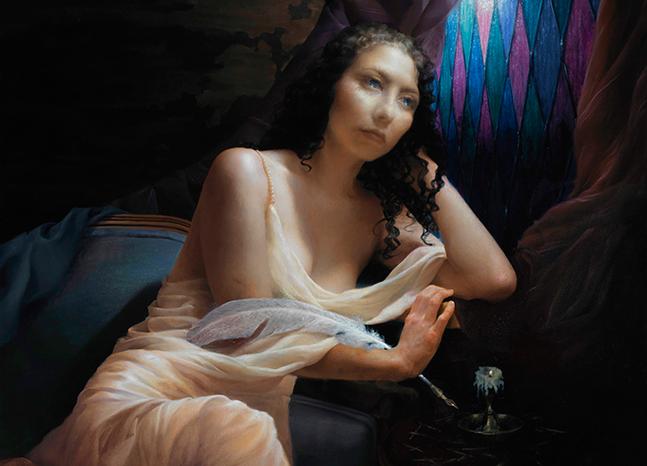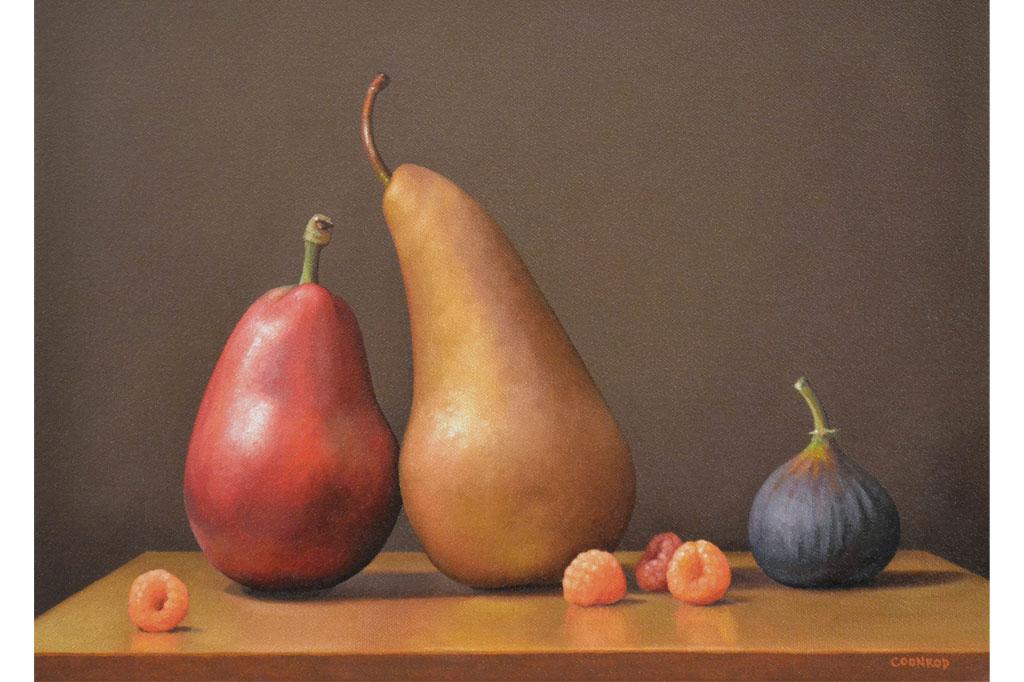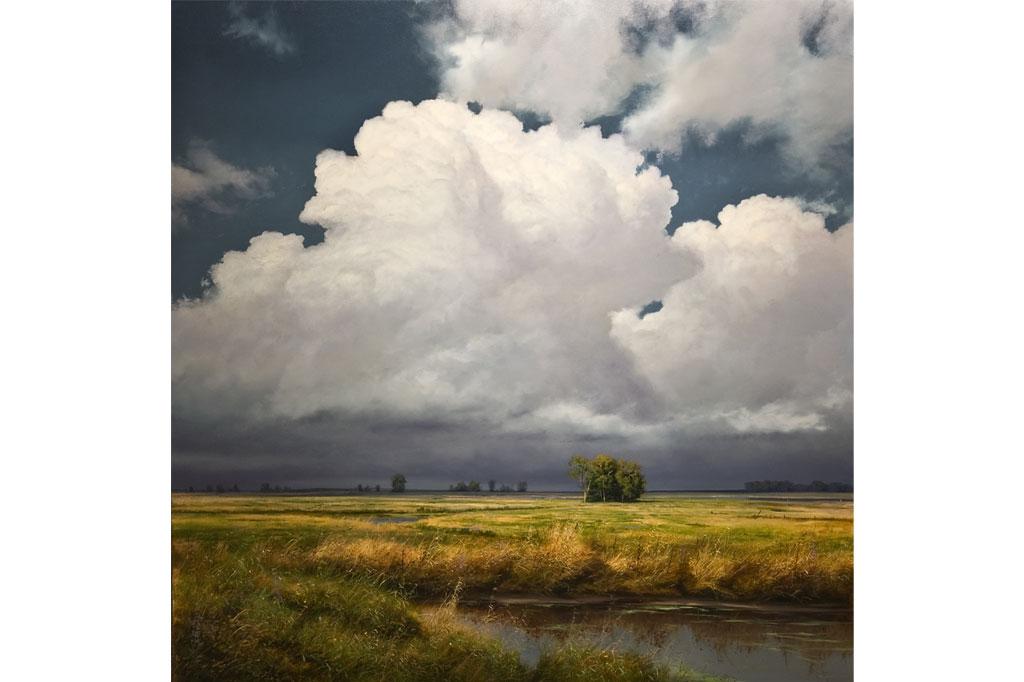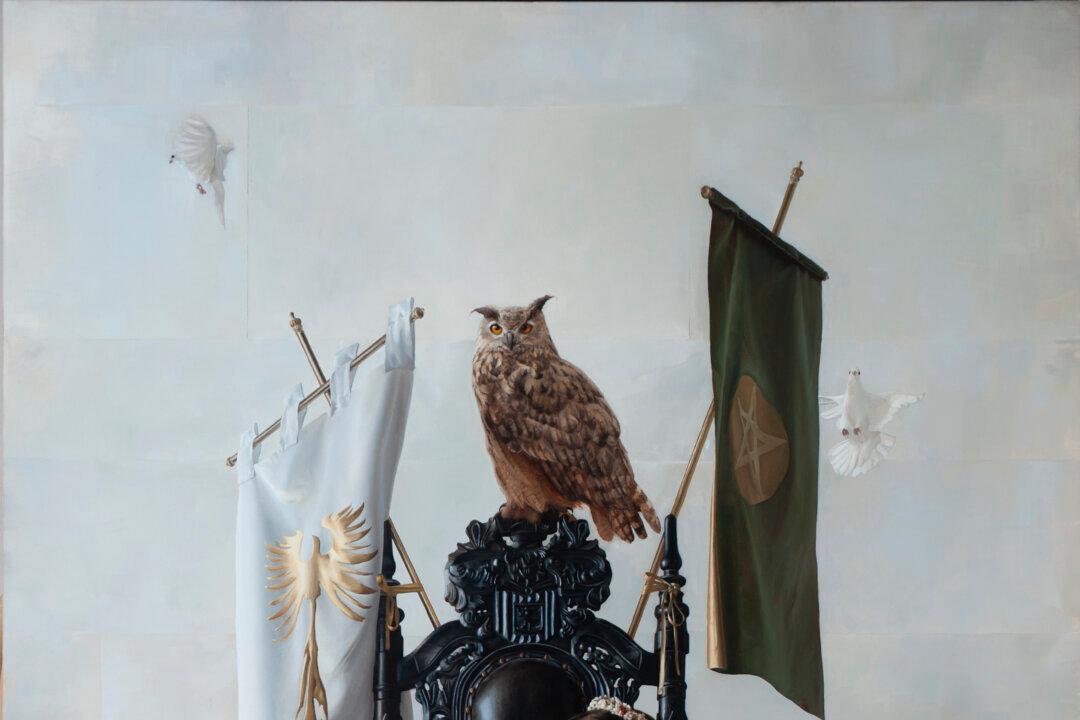Norwegian-born painter Cornelia Hernes spent much of her youth living on three different continents: Europe, Africa, and North America. She studied psychology at university of Victoria in British Columbia, Canada, and then changed her major to visual arts.
During midterm she attended the atelier of Norway’s famous painter Odd Nerdrum’s atelier.
“To meet him and be in that environment, was essential for me, a major inspiration ...” There, she also met students from the Florence Academy, where she enrolled in 2004. After graduation, she eventually moved to Sweden where she now lives with her husband, fellow painter Stephen Bauman. In addition to painting full time they are both instructors at the Florence Academy’s Swedish branch.
Growing up in different cultures during her teenage years had a great impact on Hernes. She recalls one experience in particular: “A few months before my 15th birthday, my father, two brothers, and I reached the top of the Kilimanjaro, Africa’s highest mountain. This experience may have provided me with the most profound metaphor for life: if one truly believes in and wishes for something, don’t give up even if you get altitude sickness!”
Hernes recalls contemplating this experience repeatedly while undergoing the rigorous drawing program at the Florence Academy.
“In order to develop something to its highest potential, you have to be prepared to push through stages of frustration and difficulty. It is all worth it when the goal is achieved and you are standing on the mountain top, enjoying the view.”
Her painting “The Tapestry of Life” is based on Norse mythology and depicts the three fates (past, present, and future) weaving the tapestry of life.
“Each thread symbolizes the life of a person, and they’re woven together with others’ lives, to create a pattern,” Hernes explains. “I think there’s something very poetic and beautiful about that sort of archetype, I think it’s a powerful way to understand the walk of life, and remains relevant at any time, our time included.”
Hernes continues in her clear, gentle voice.
“I’m generally very interested in mythology. I guess most mythology, religion, and maybe philosophies seek to understand what life is about and how it functions.”
It relates to what art, or painting, is to Hernes: a continuous search executed in observance of one’s limitations and one’s knowledge.
“I think that it’s about being in touch with oneself as much as one is able to. It allows for the possibility of inner reflection in terms of being conscientious and analytical of one’s life and one’s experiences. When I’m working on a project, when things come together and start to flow, the technical understanding becomes intuitive rather than analytical, and when the emotional connection to what you’re doing is strong, I think painting is a form of meditation—it’s the most delicious experience. Of course, it can also be a real frustration as well.”
I asked Hernes what she hopes to accomplish artistically. “I want my art to celebrate life. That celebration doesn’t need to be happy per se, but profound and essential to us, our lives and our history.”
Any wishes for the New Year? Hernes laughed: “Of course, peace and love on earth! If people could just stop hating each other and realize that we are all connected and can work together, that'd be great. With regard to art, it would be wonderful to see a blossoming of well crafted public sculptures and classical fountains. I believe that beautiful and harmonious surroundings where there is room for contemplation and appreciation can only have a vital and positive impact on our being.”
Wim Van Aalst is a painter based in Belgium.

